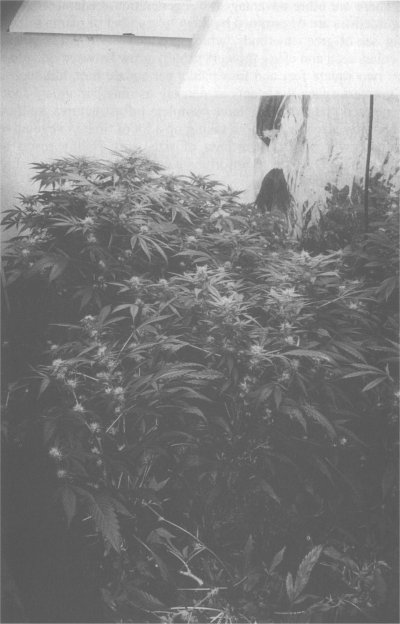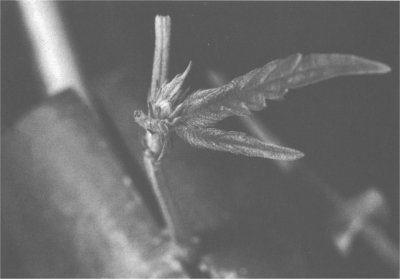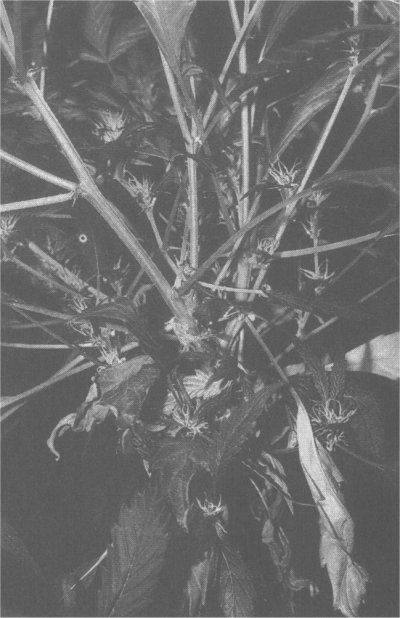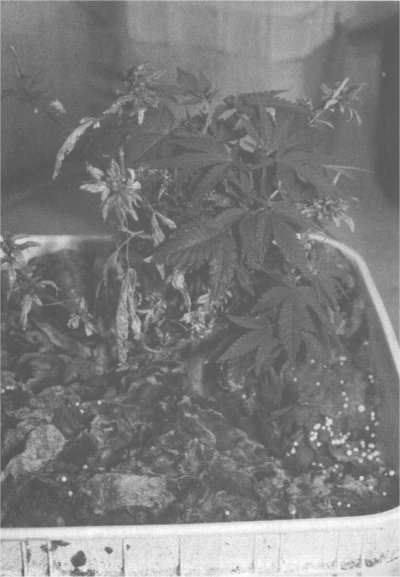Chapter Sixteen
Regeneration
When restarting a garden, marijuana growers often believe that they are limited to choosing between seeds or clones.
Seeds present many disadvantages to the indoor gardener. Approximately half of the plants will be male, and the final results are uncertain. Using seeds gives growers more control over evolution and selection, but indoor growers often cannot devote time and space to plants that may have quite different habits in growth, flowering time, or yield.
Clones offer the advantage of uniform genetics. They will grow in the same way, ripen at the same time and have the same taste and potency. The problems with clones are that they can be decidedly tedious to prepare and are subject to heavy failure rates. Taking clones from different varieties at the same time can be frustrating—they grow at different rates yet all must be closely monitored. Additionally, taking clones from clones from clones may cause the plants to suffer from ‘genetic drift,’ a result of mutations, which constantly occur in living organisms.
Seeds present many disadvantages to the indoor gardener. Approximately half of the plants will be male, and the final results are uncertain. Using seeds gives growers more control over evolution and selection, but indoor growers often cannot devote time and space to plants that may have quite different habits in growth, flowering time, or yield.
Clones offer the advantage of uniform genetics. They will grow in the same way, ripen at the same time and have the same taste and potency. The problems with clones are that they can be decidedly tedious to prepare and are subject to heavy failure rates. Taking clones from different varieties at the same time can be frustrating—they grow at different rates yet all must be closely monitored. Additionally, taking clones from clones from clones may cause the plants to suffer from ‘genetic drift,’ a result of mutations, which constantly occur in living organisms.




